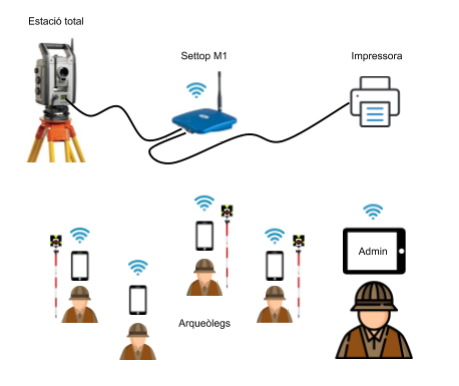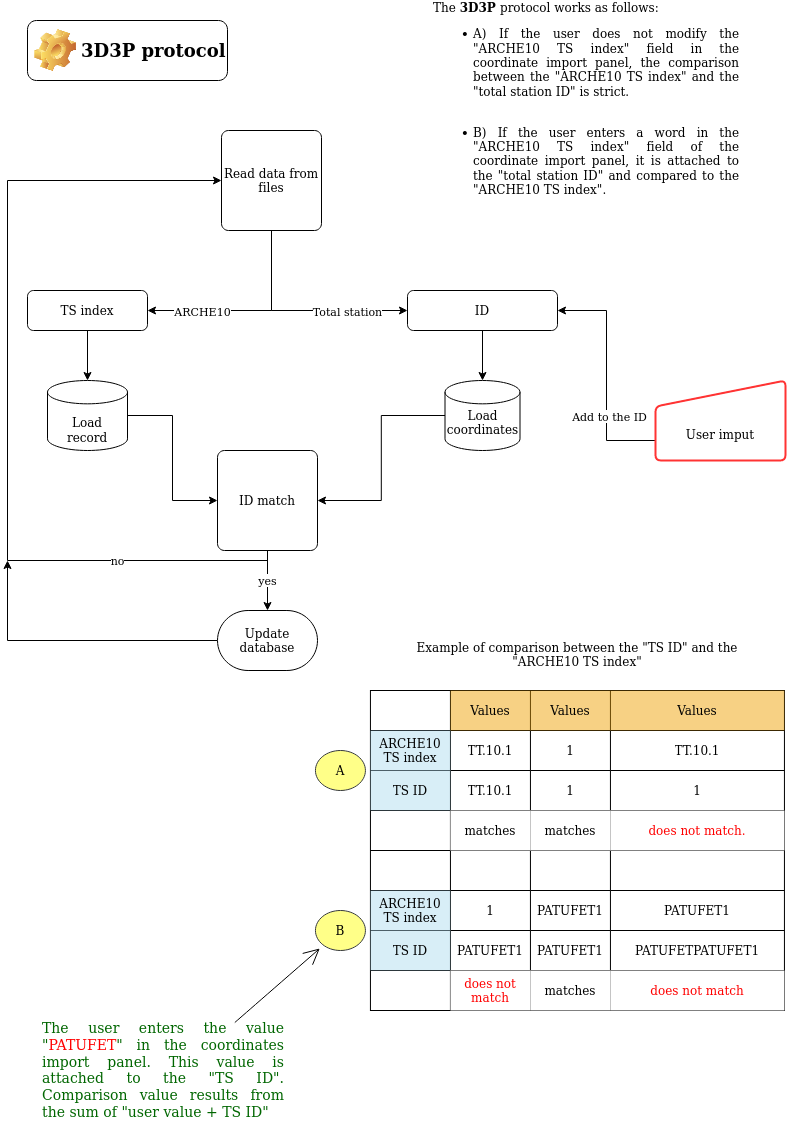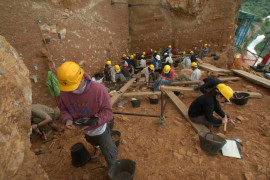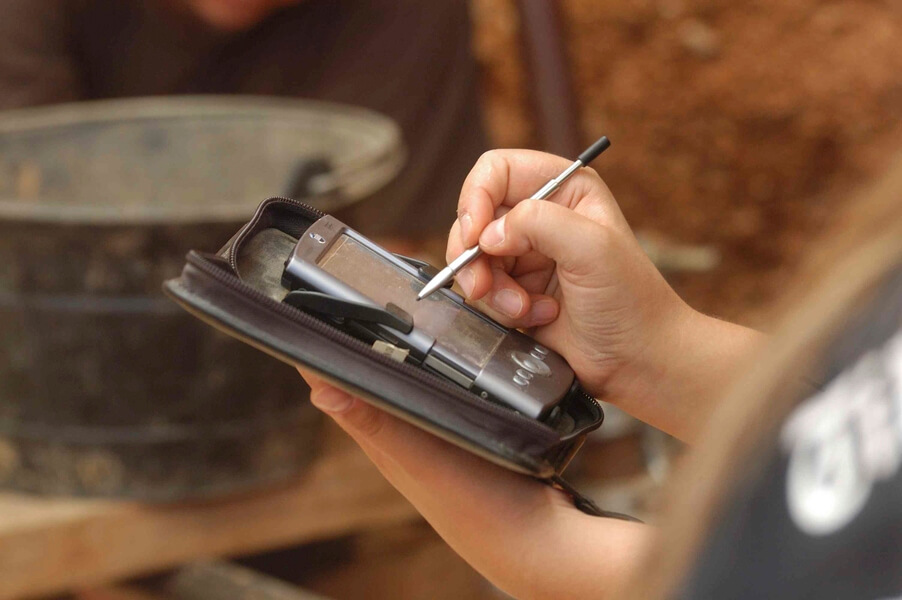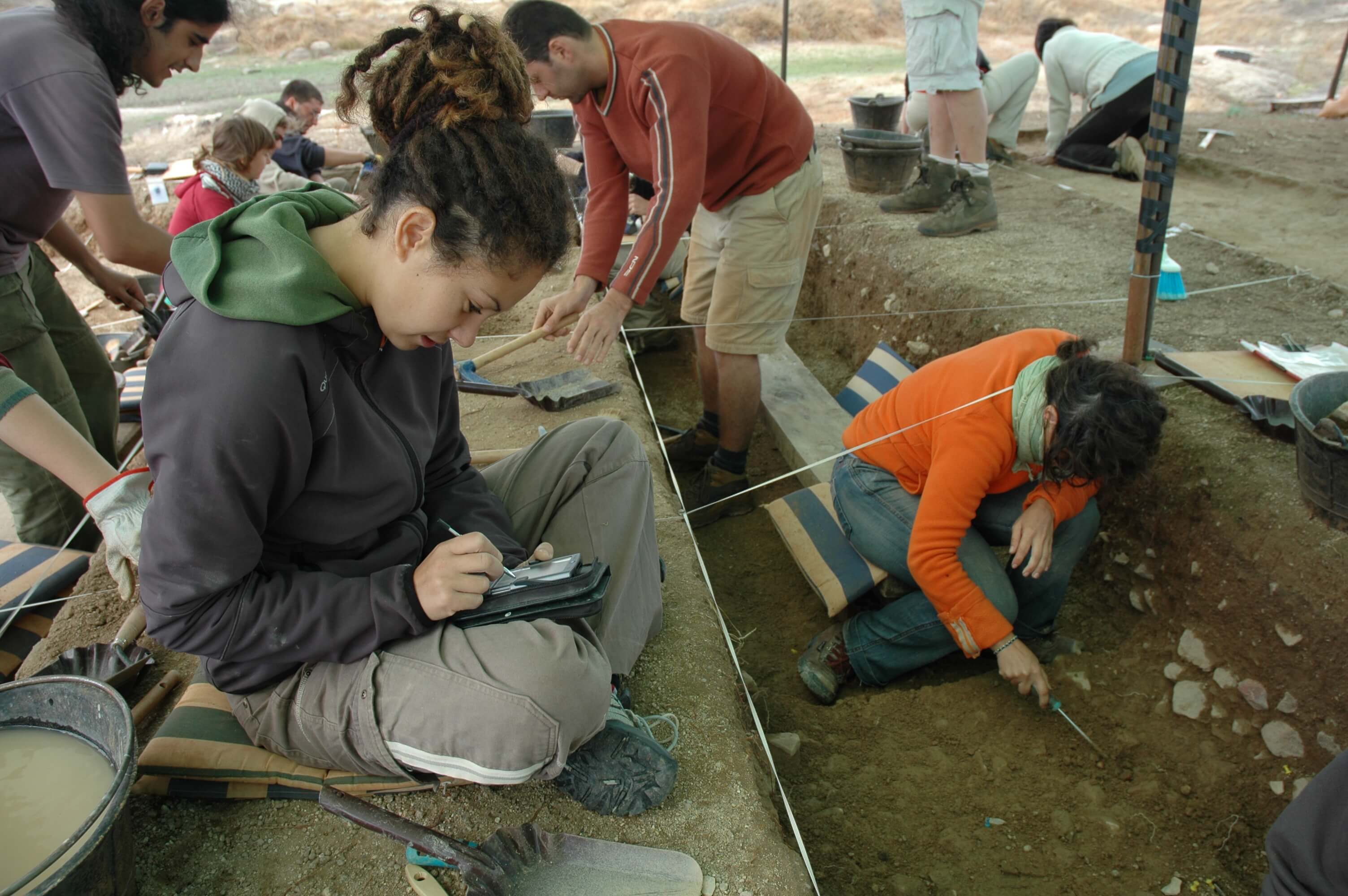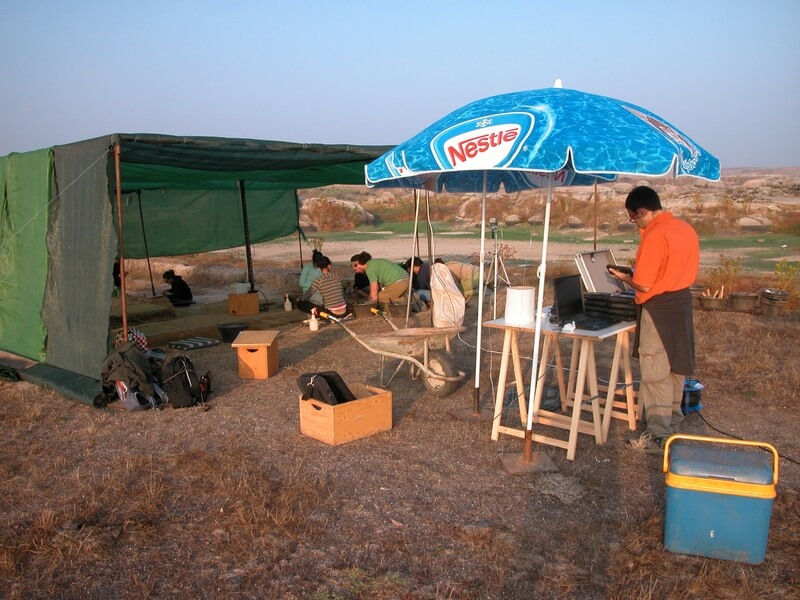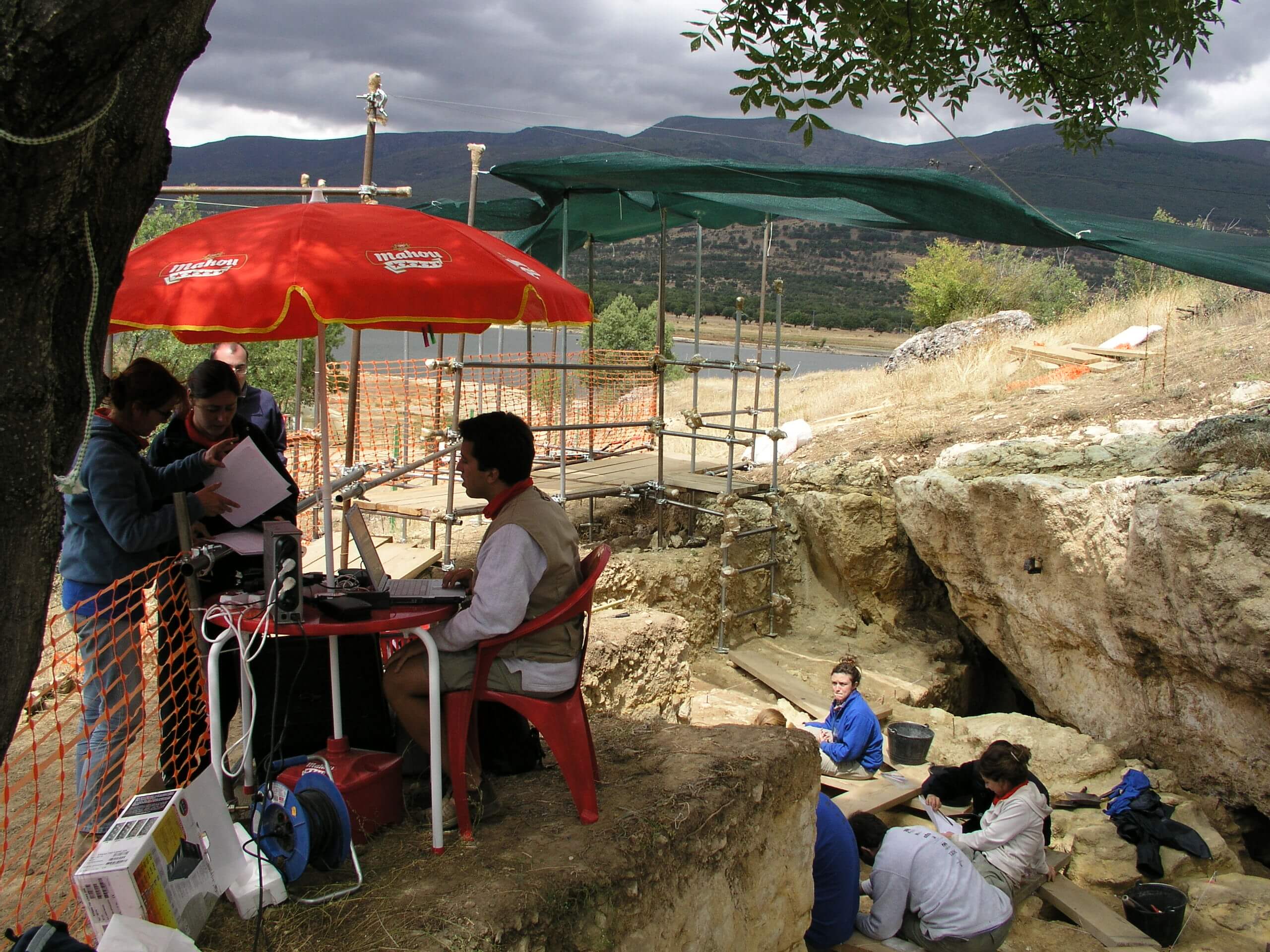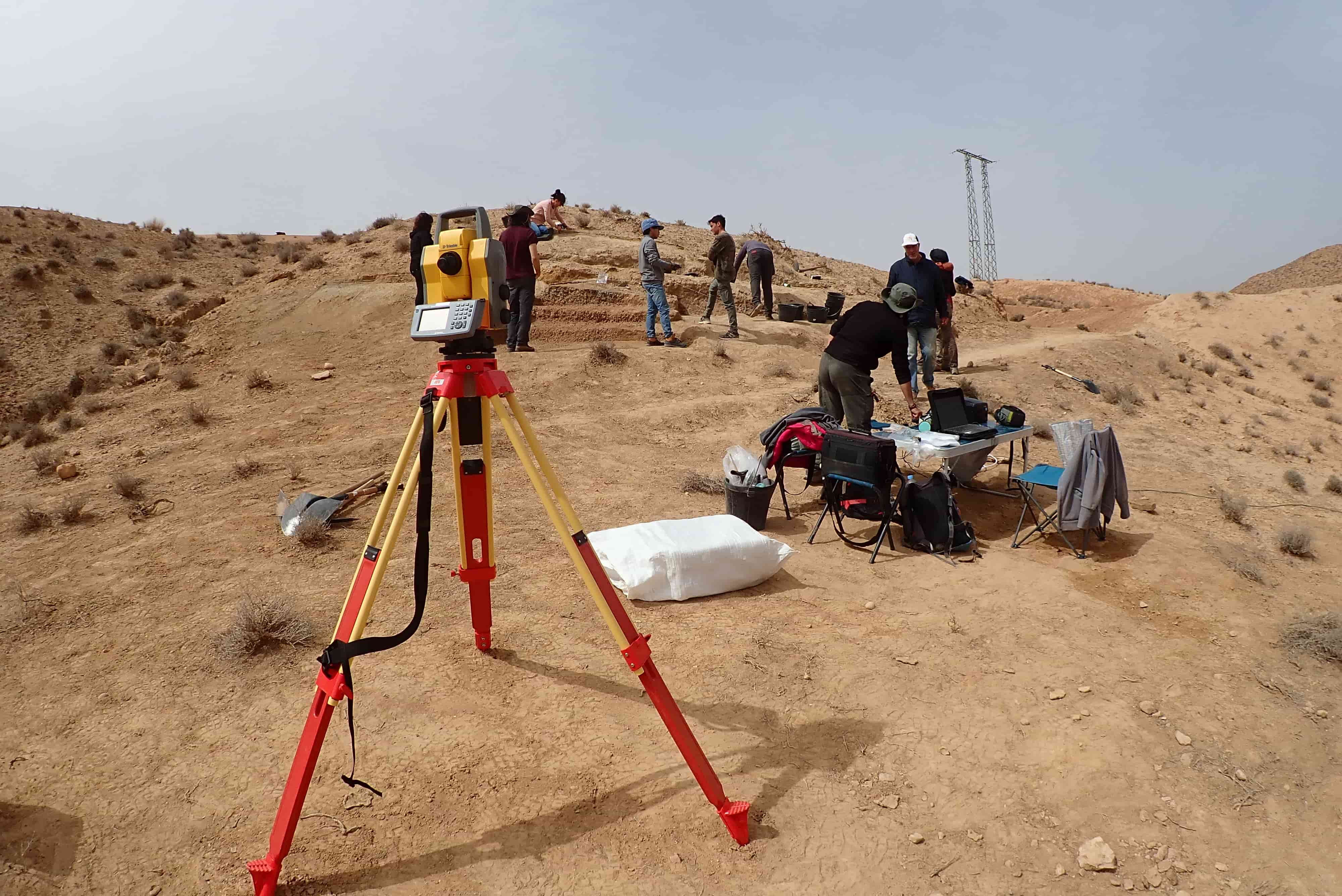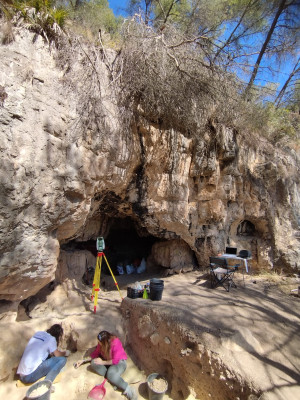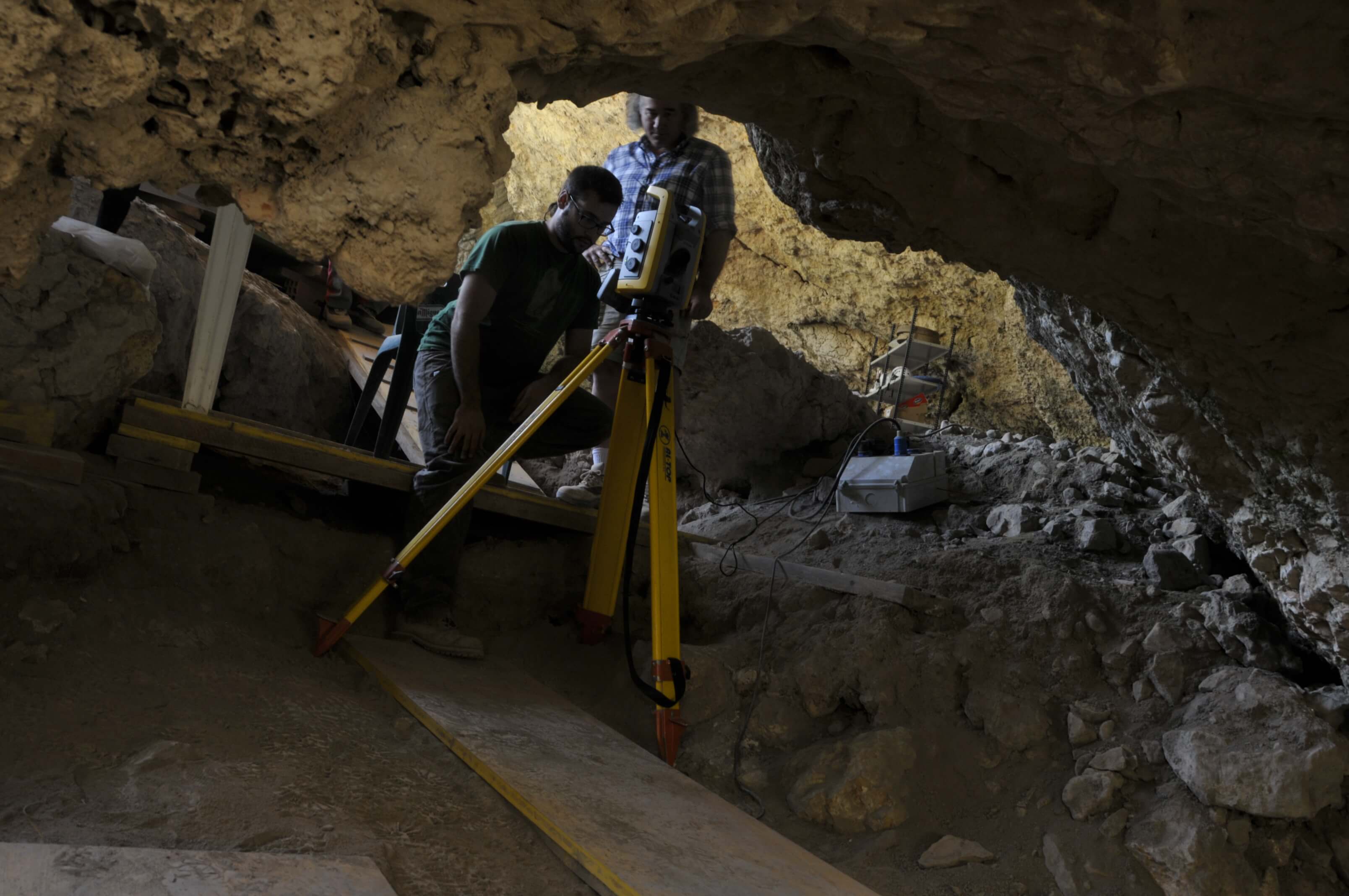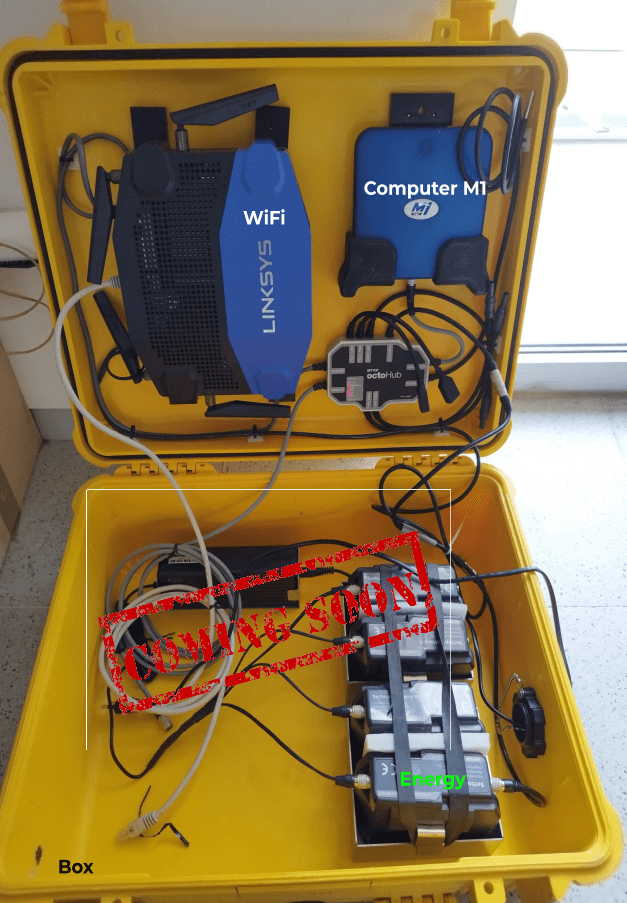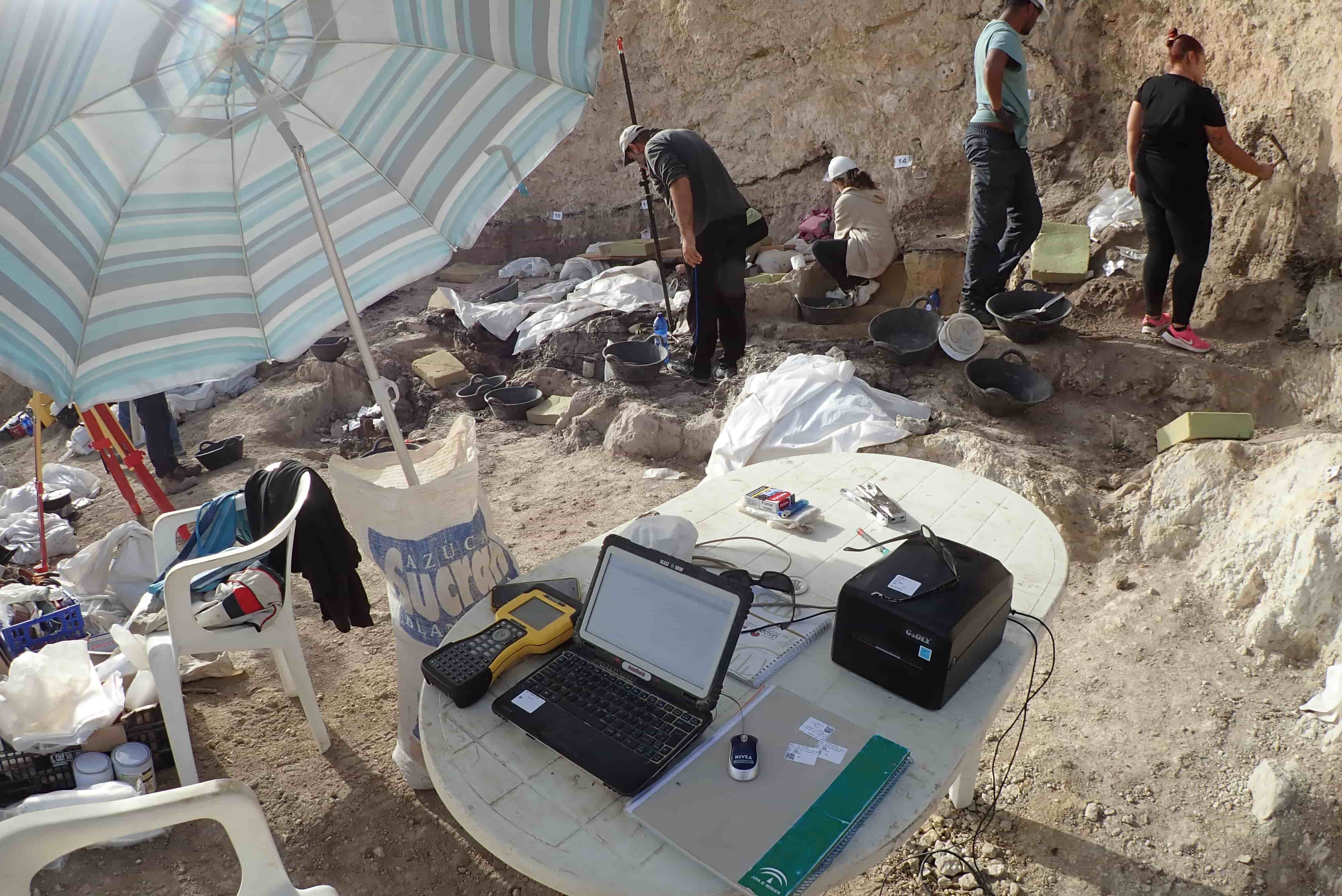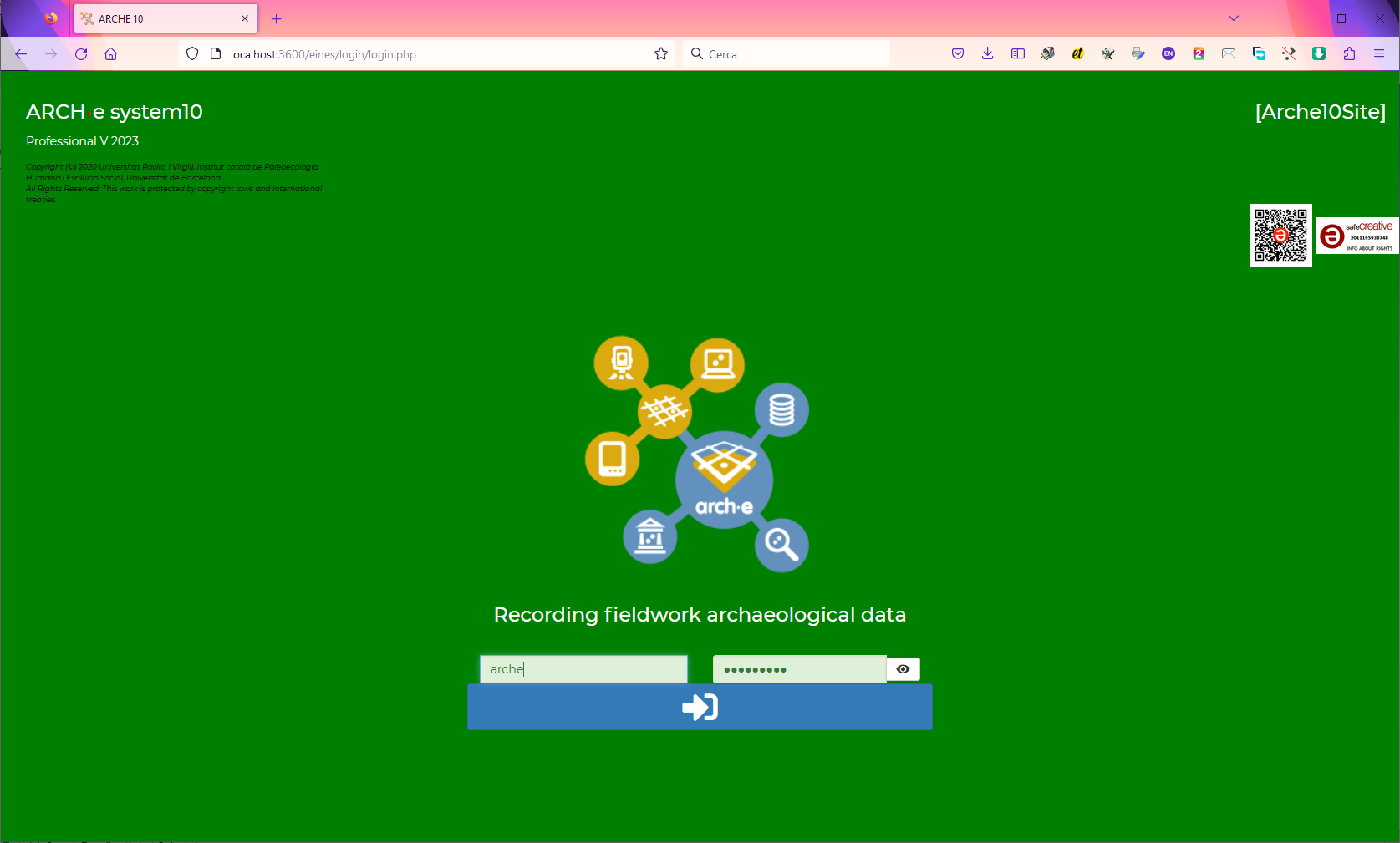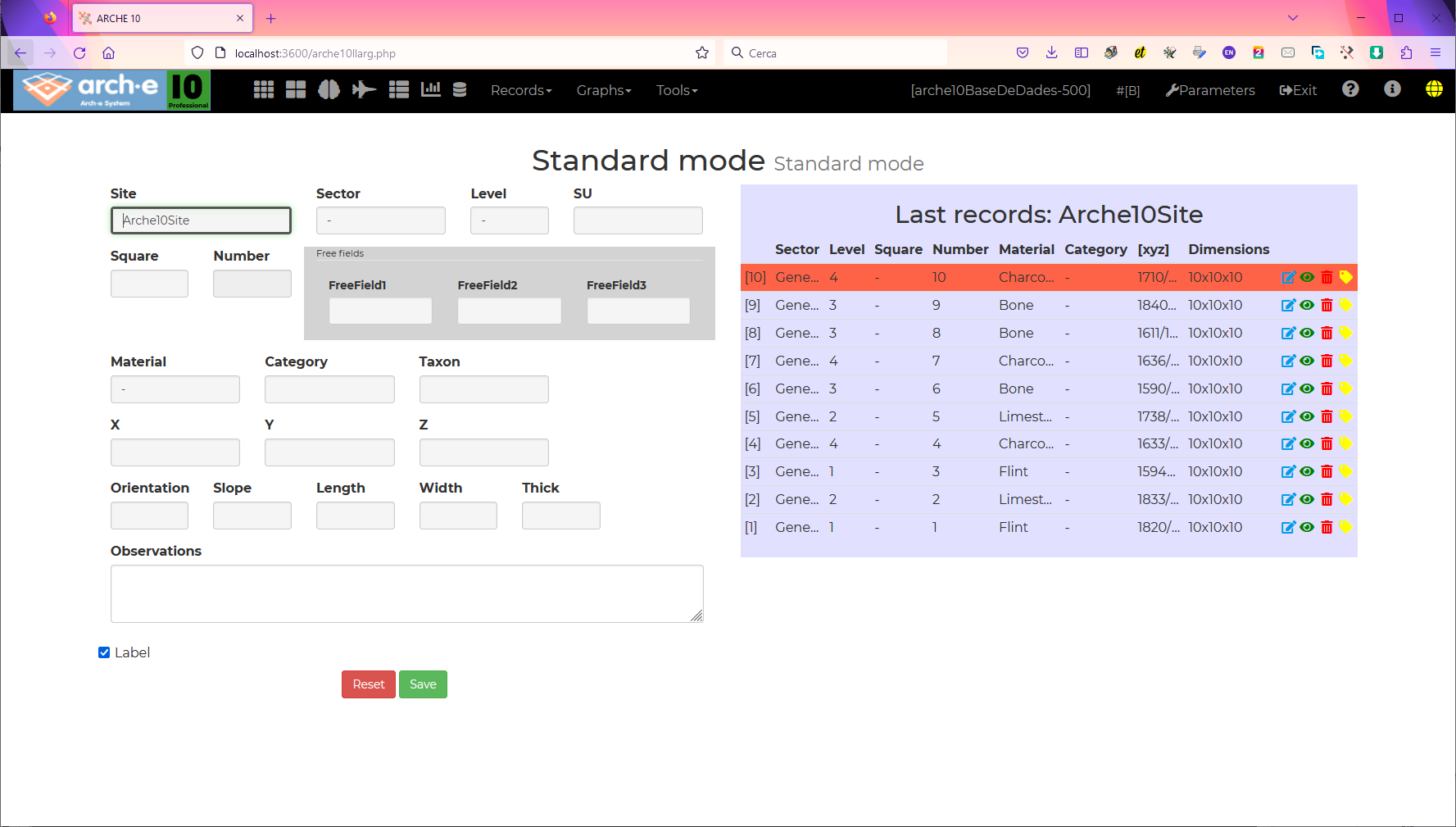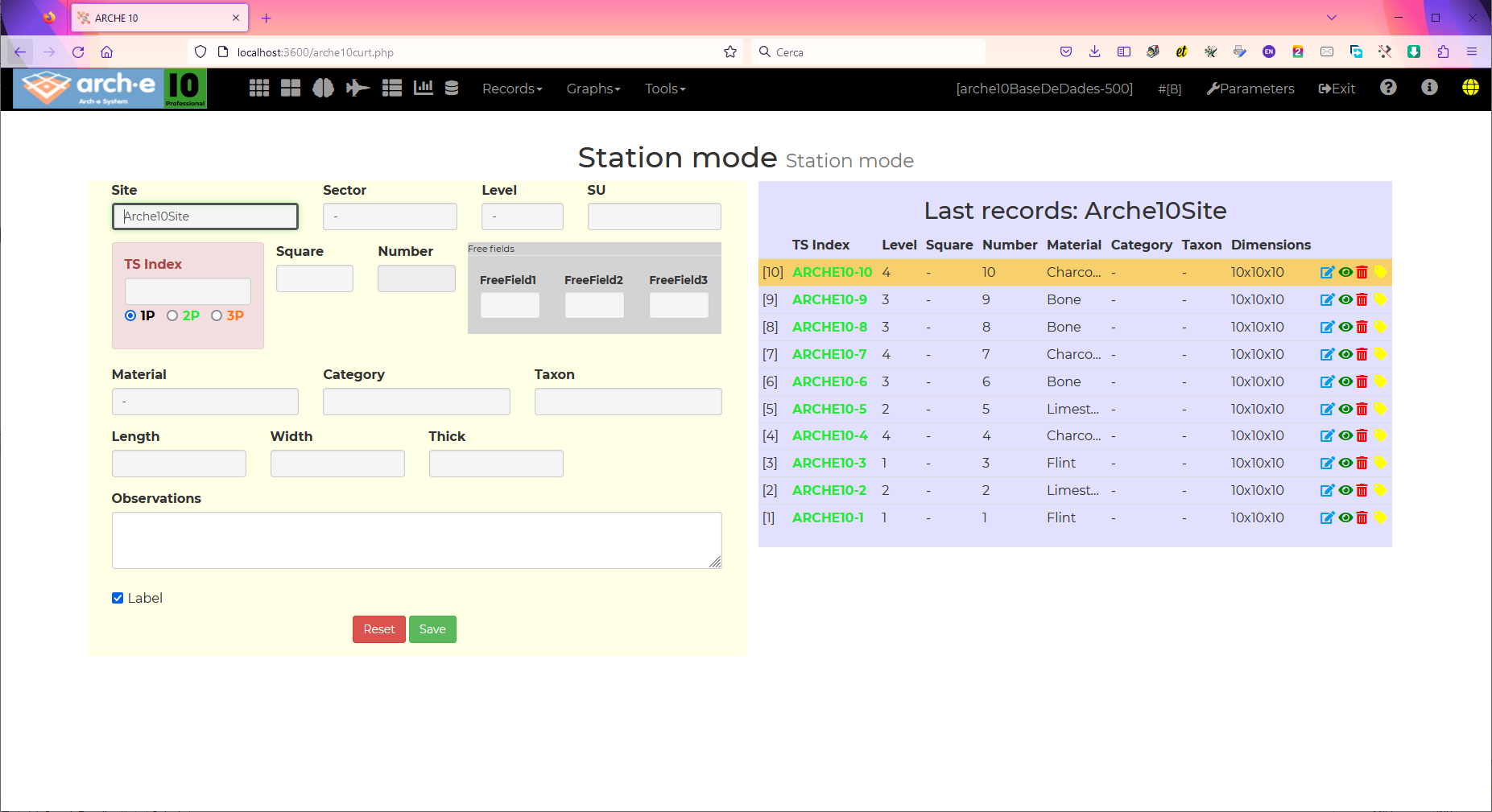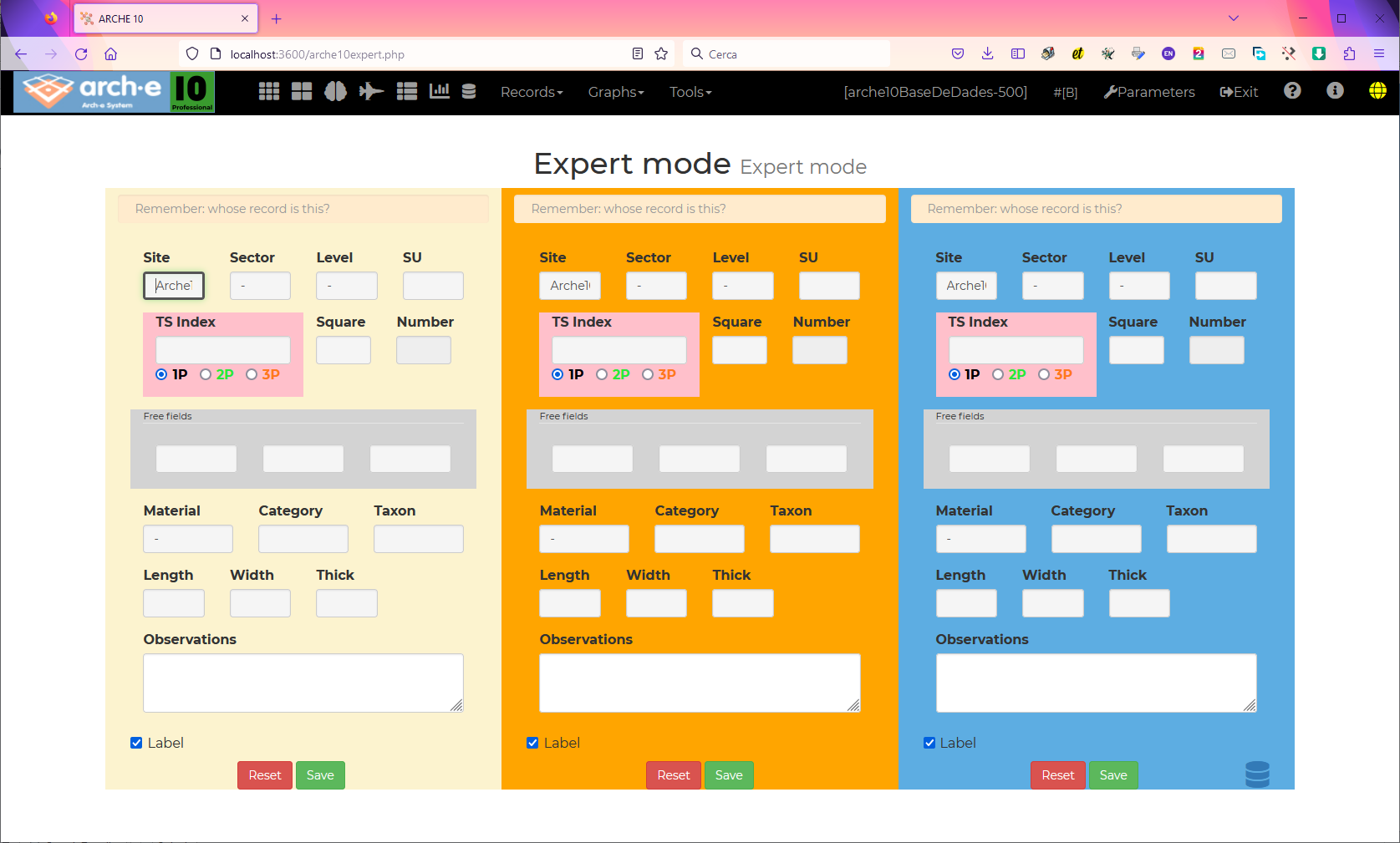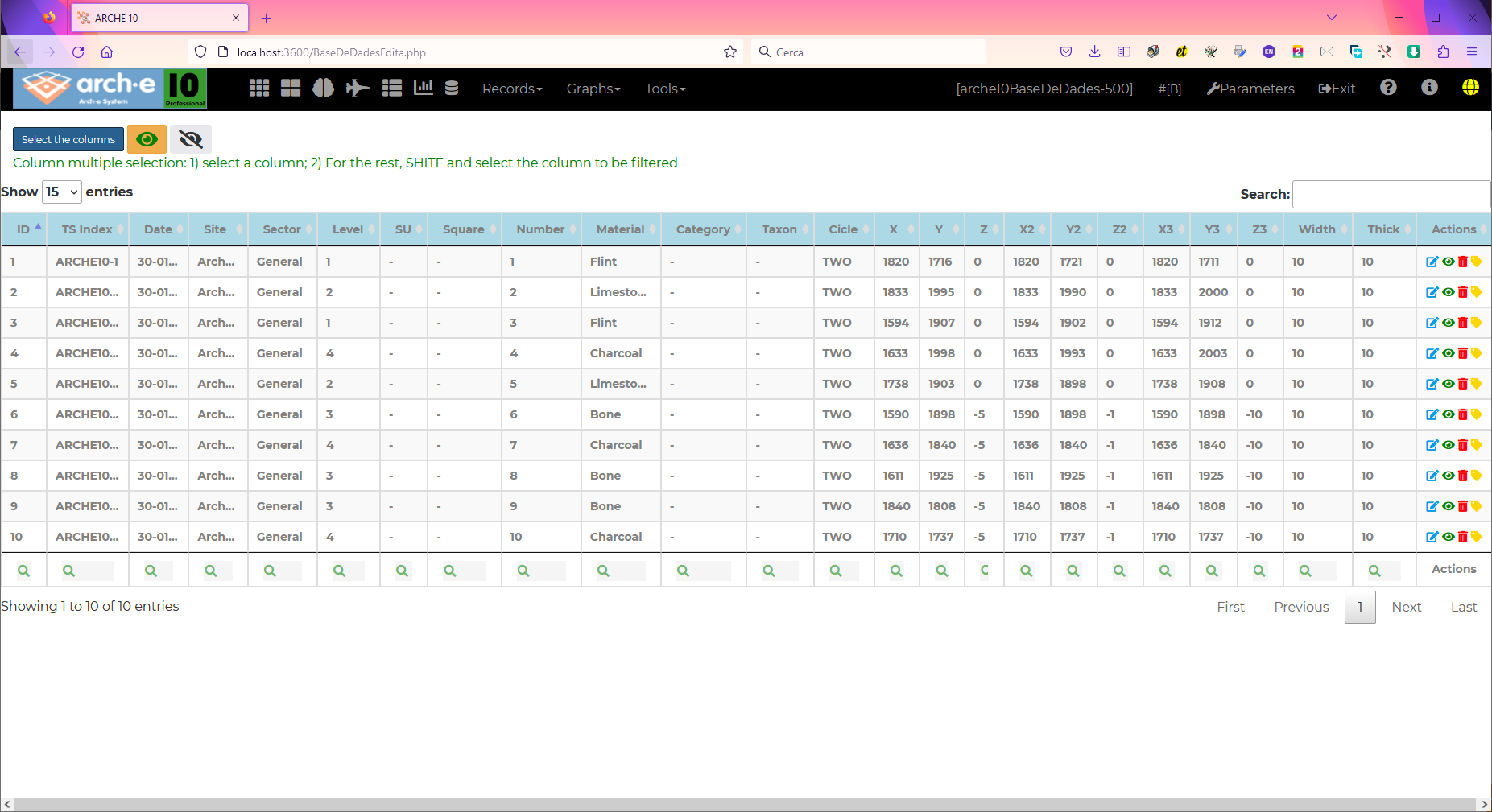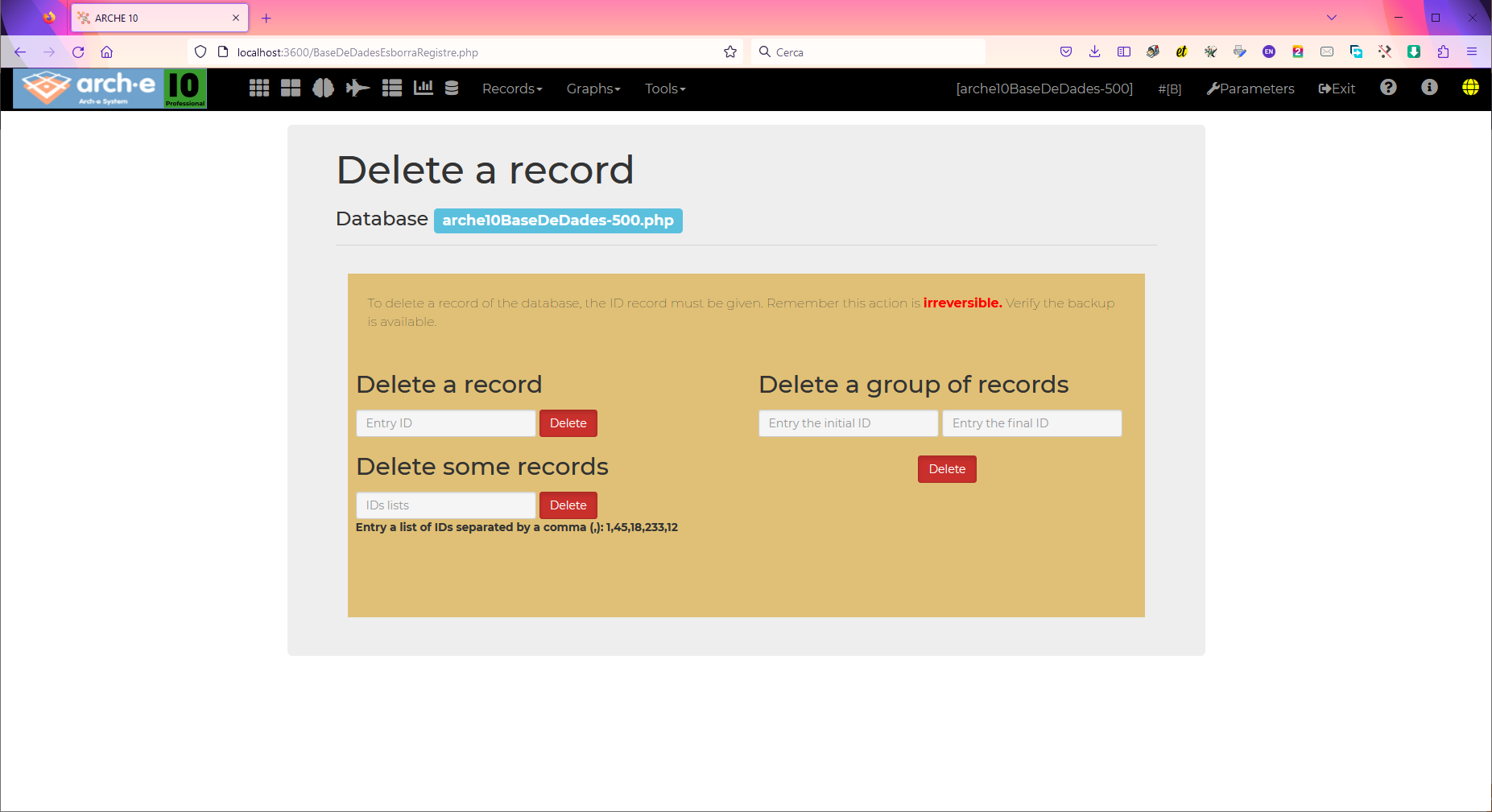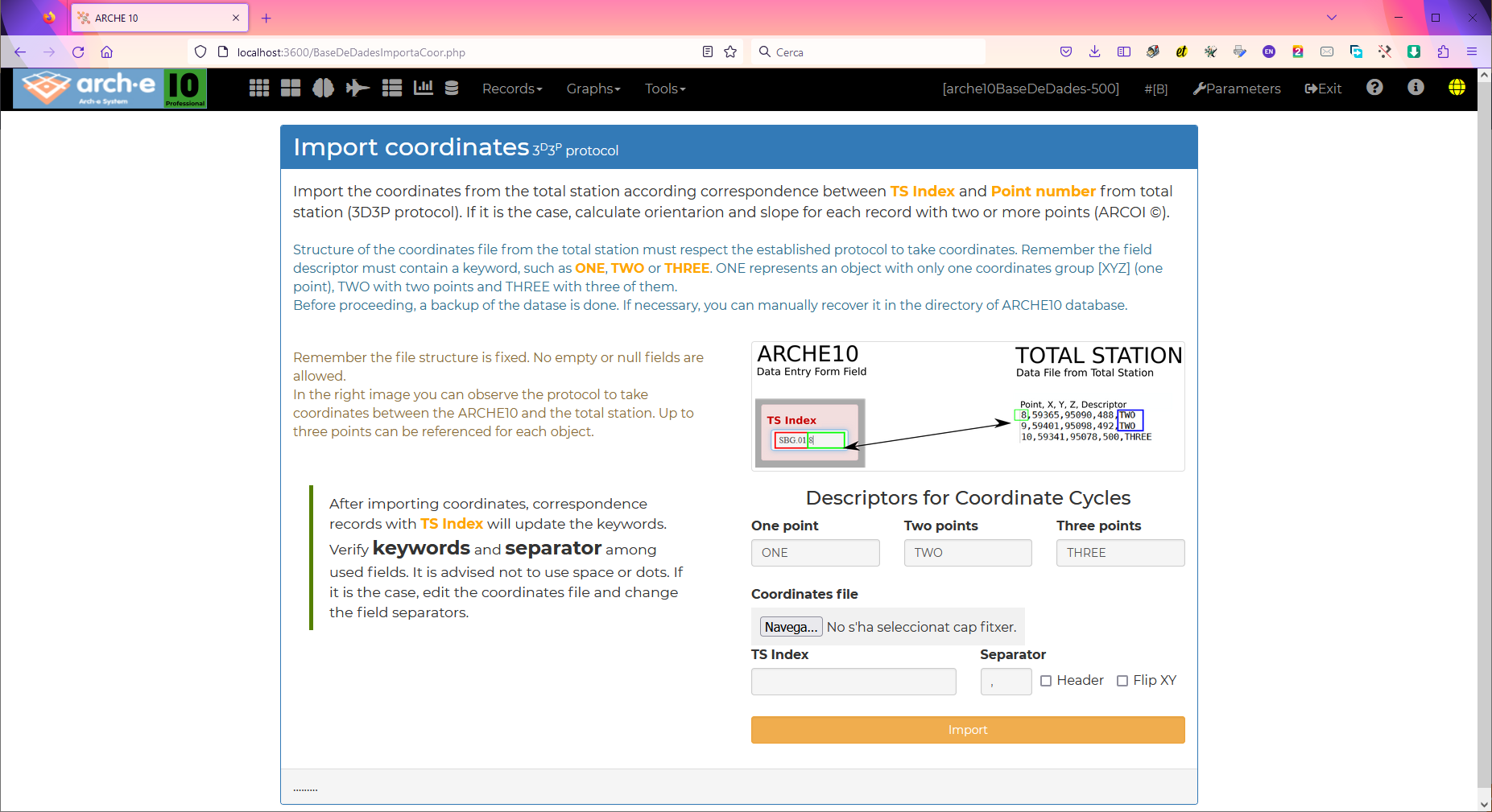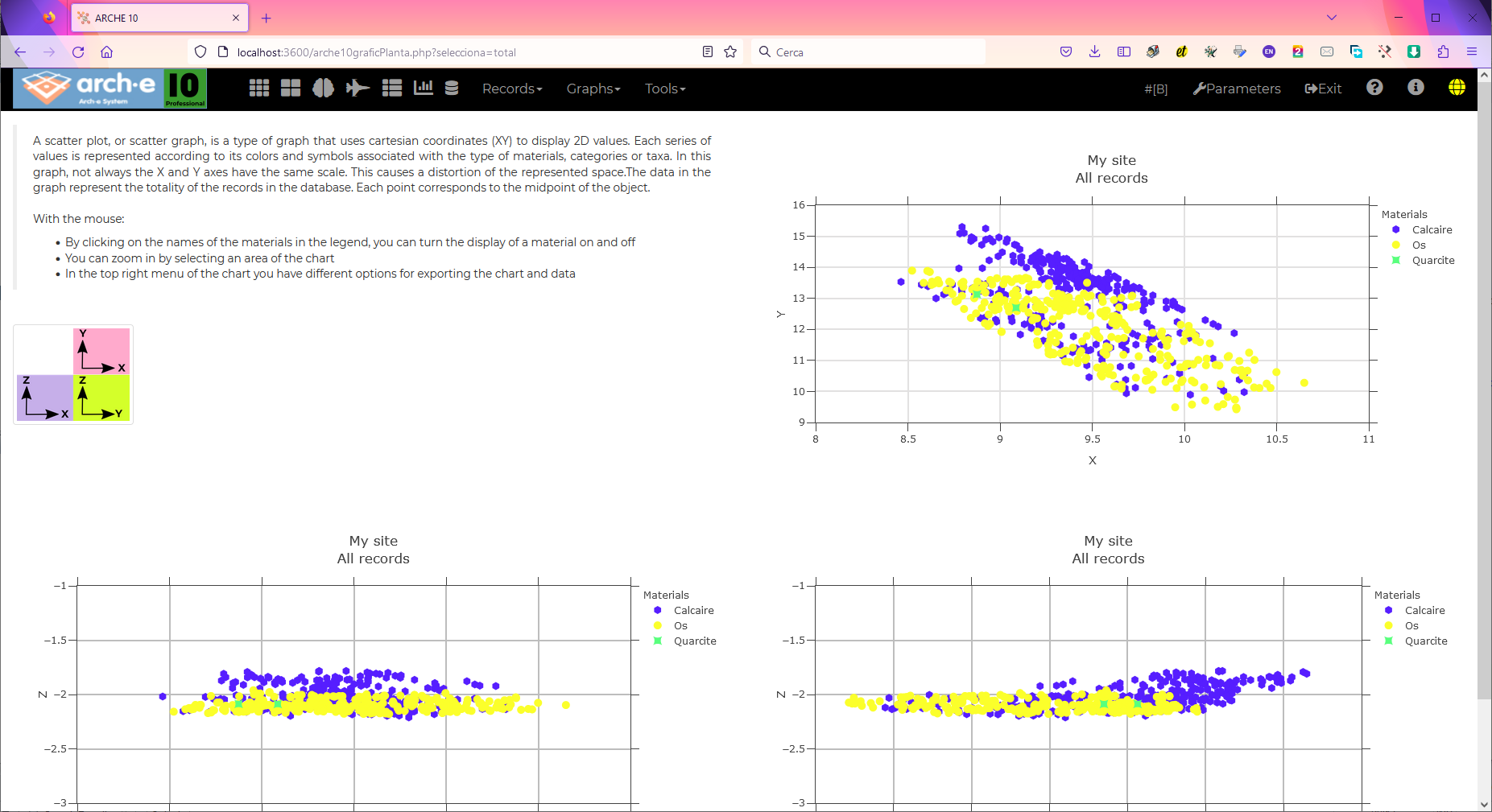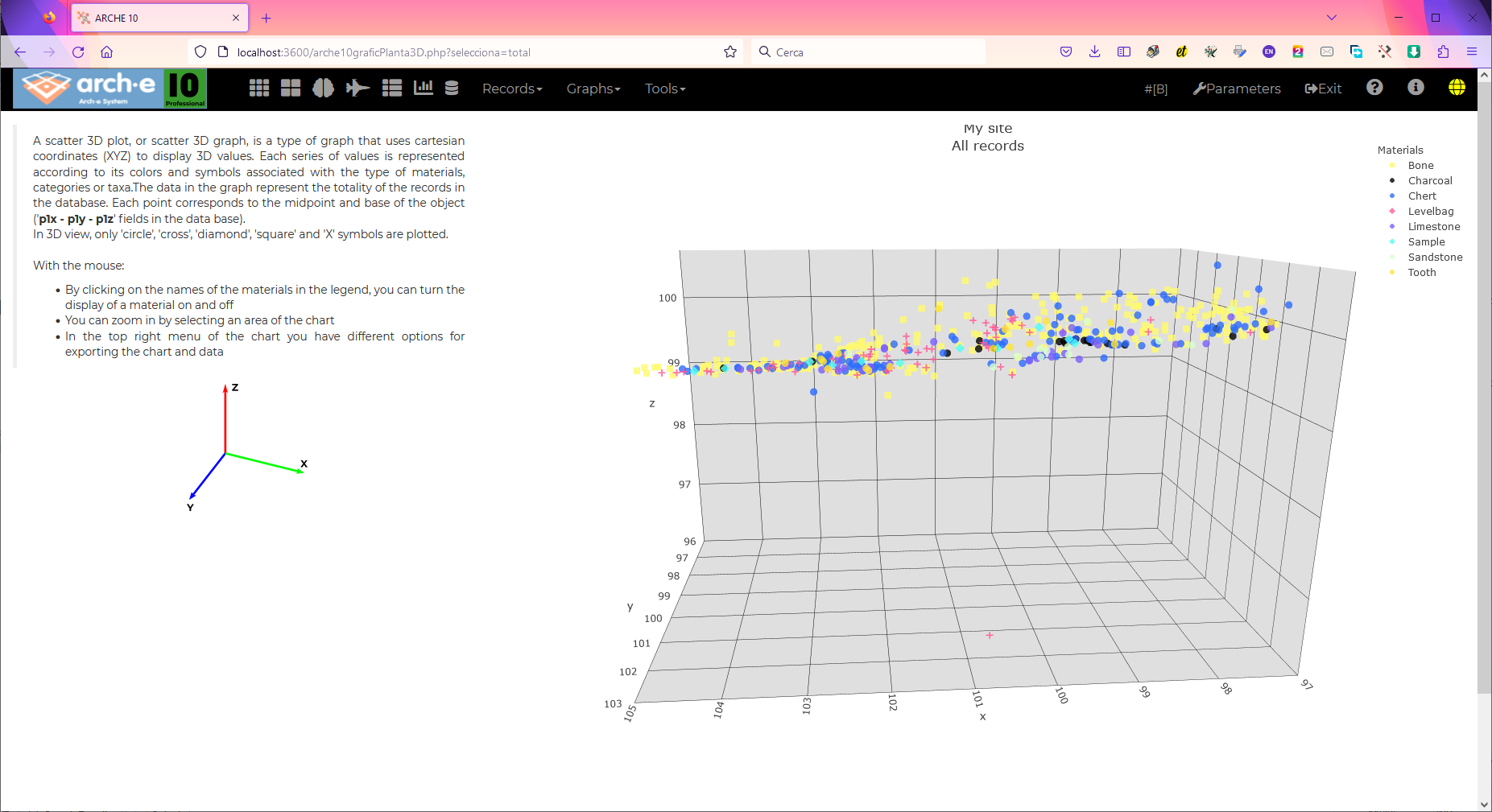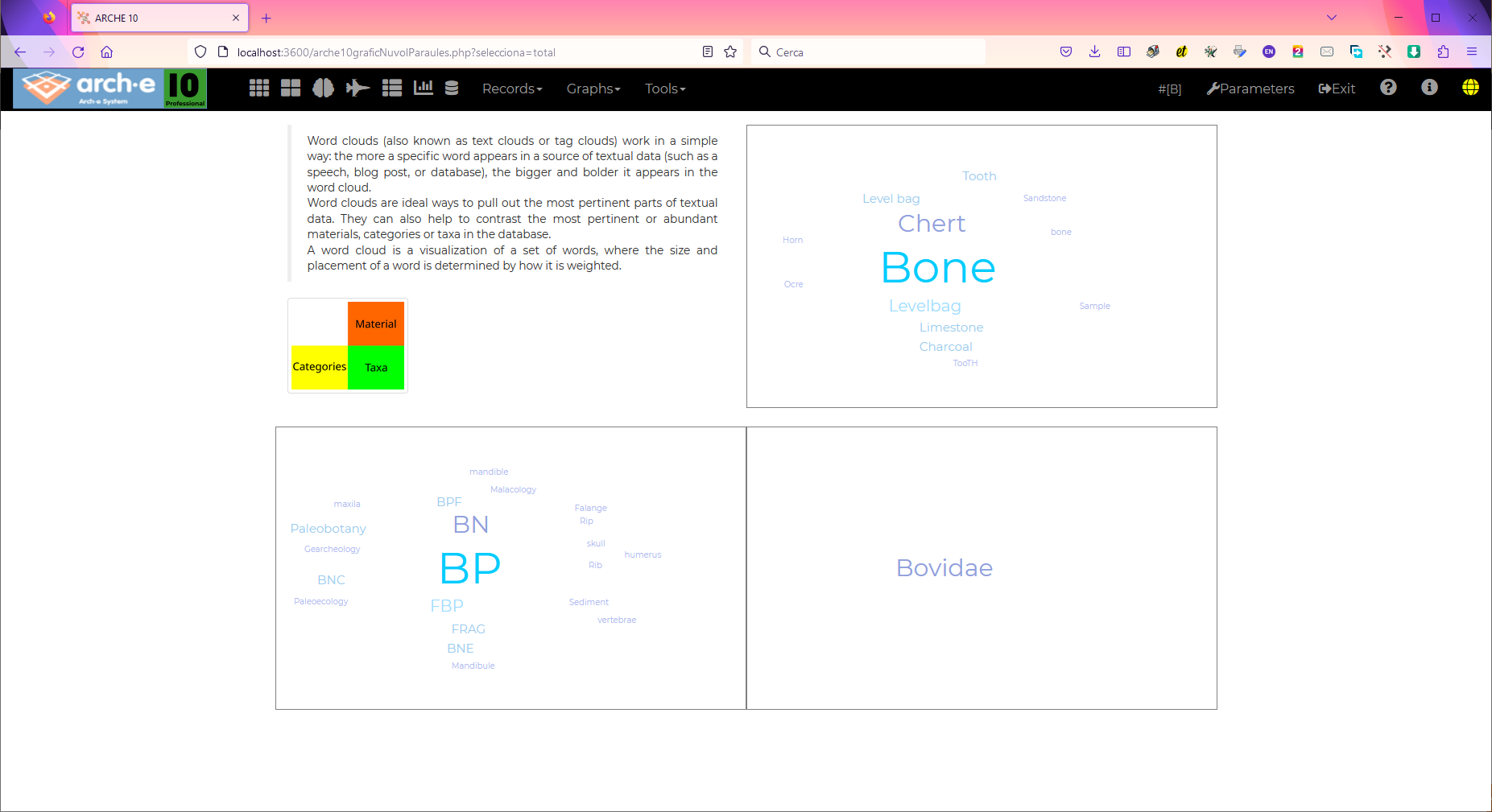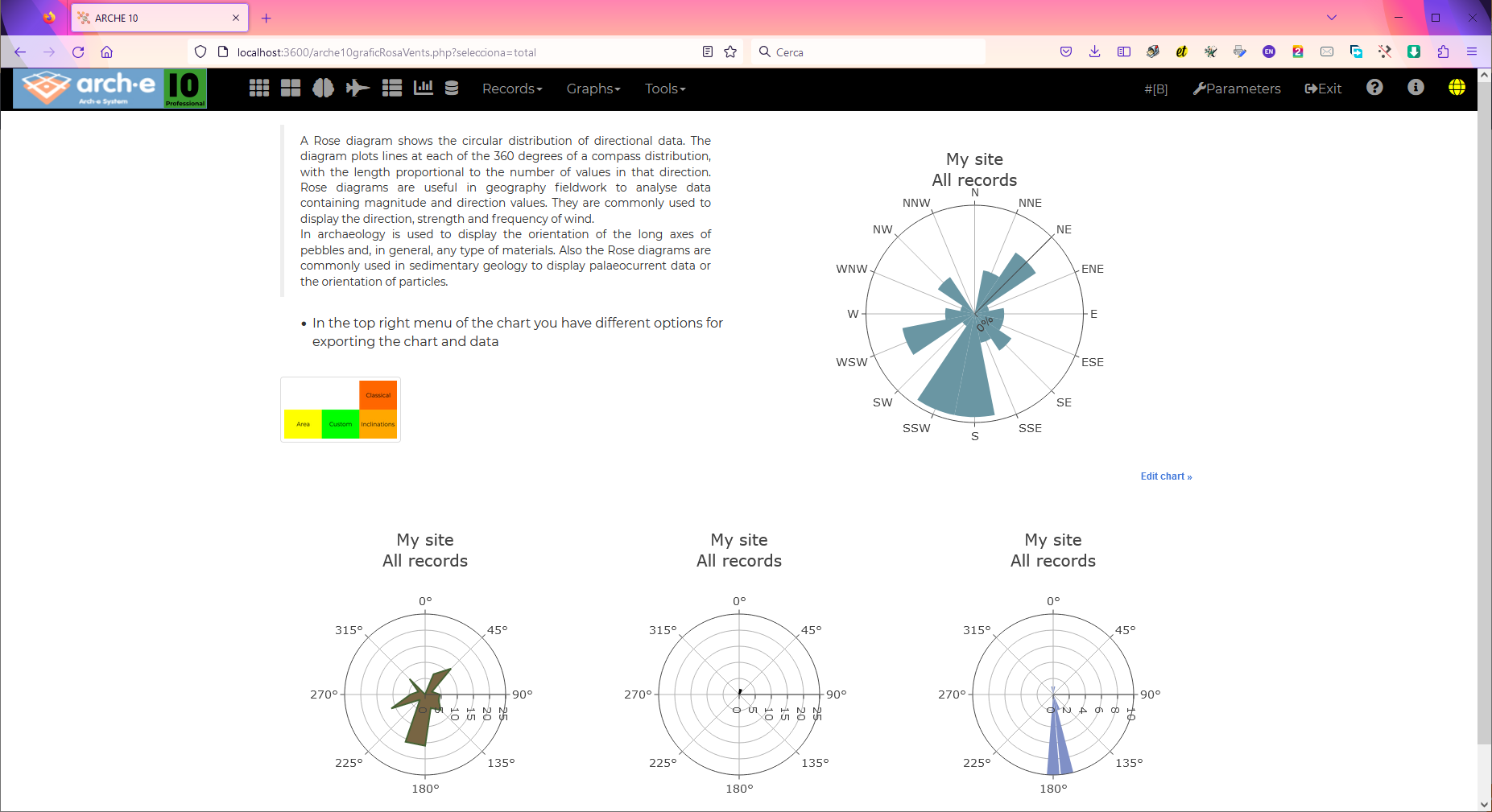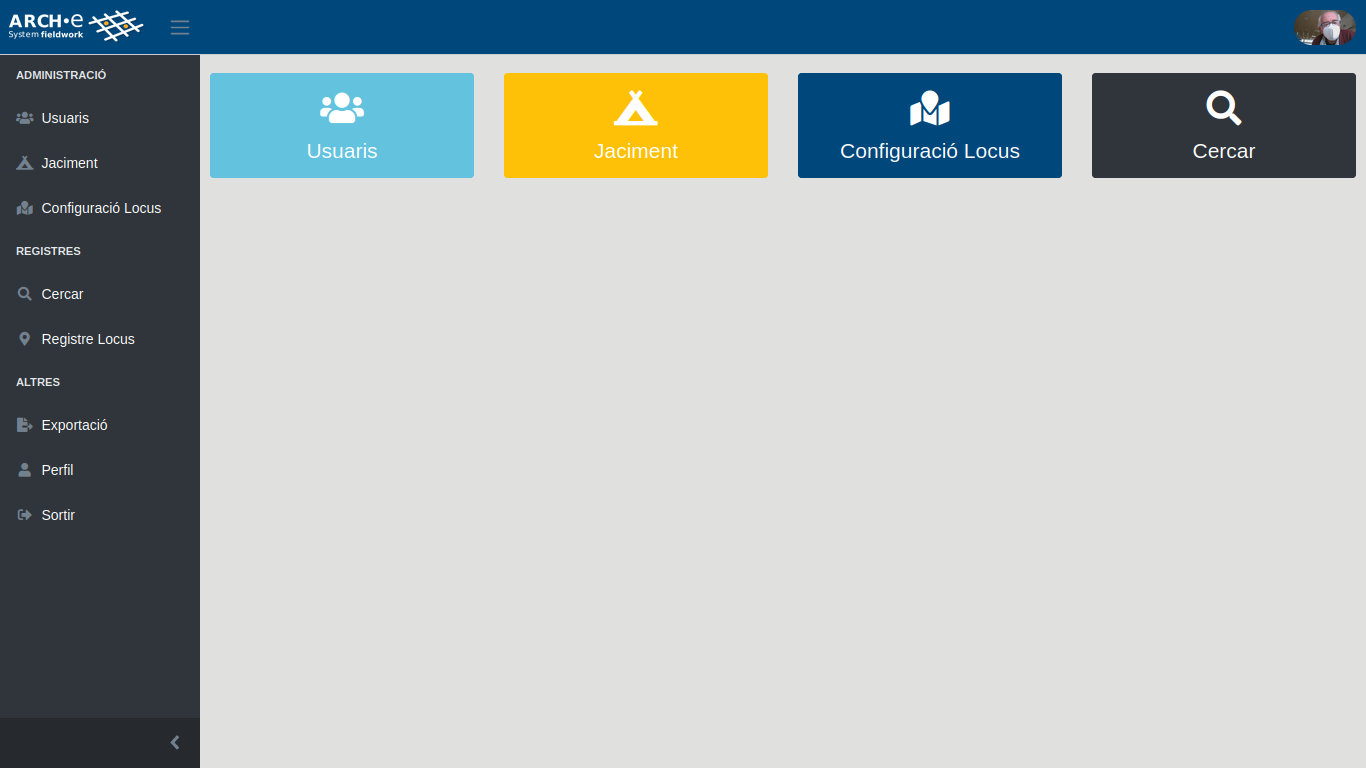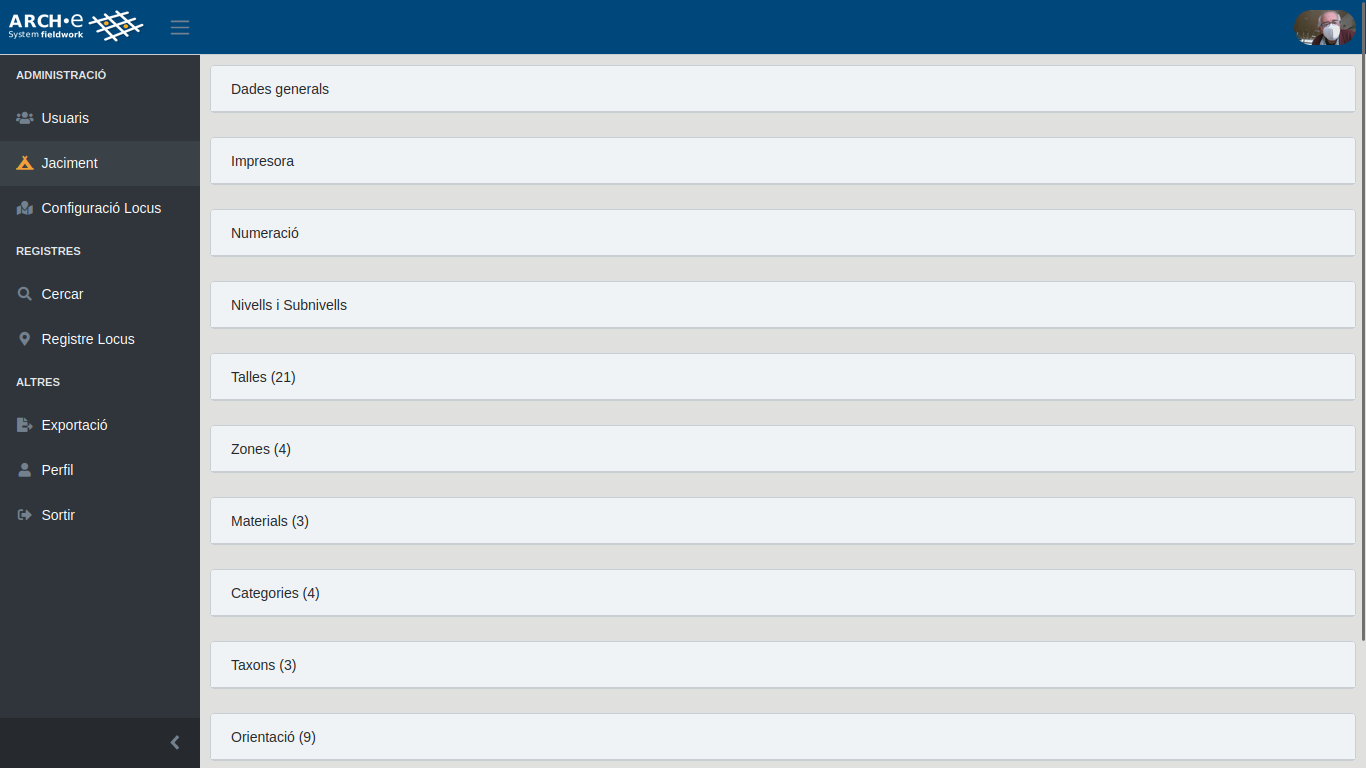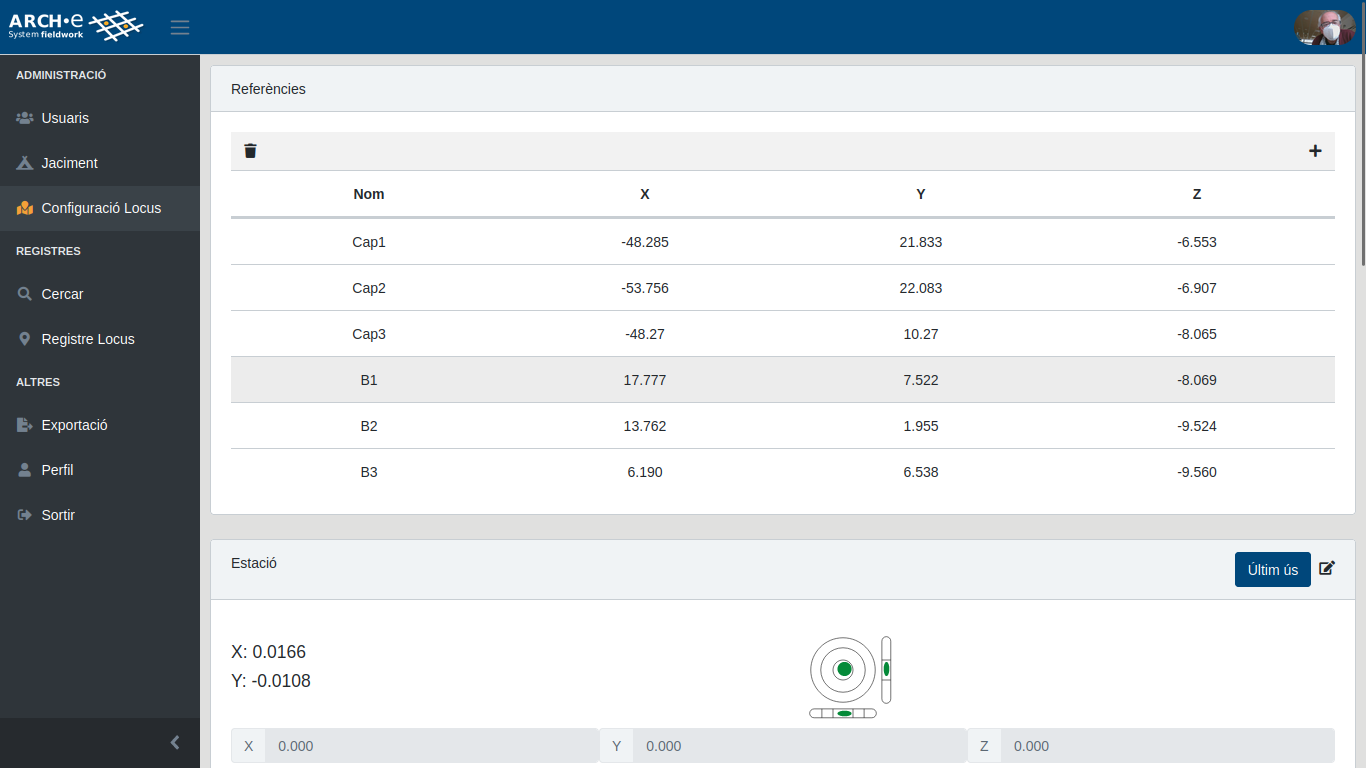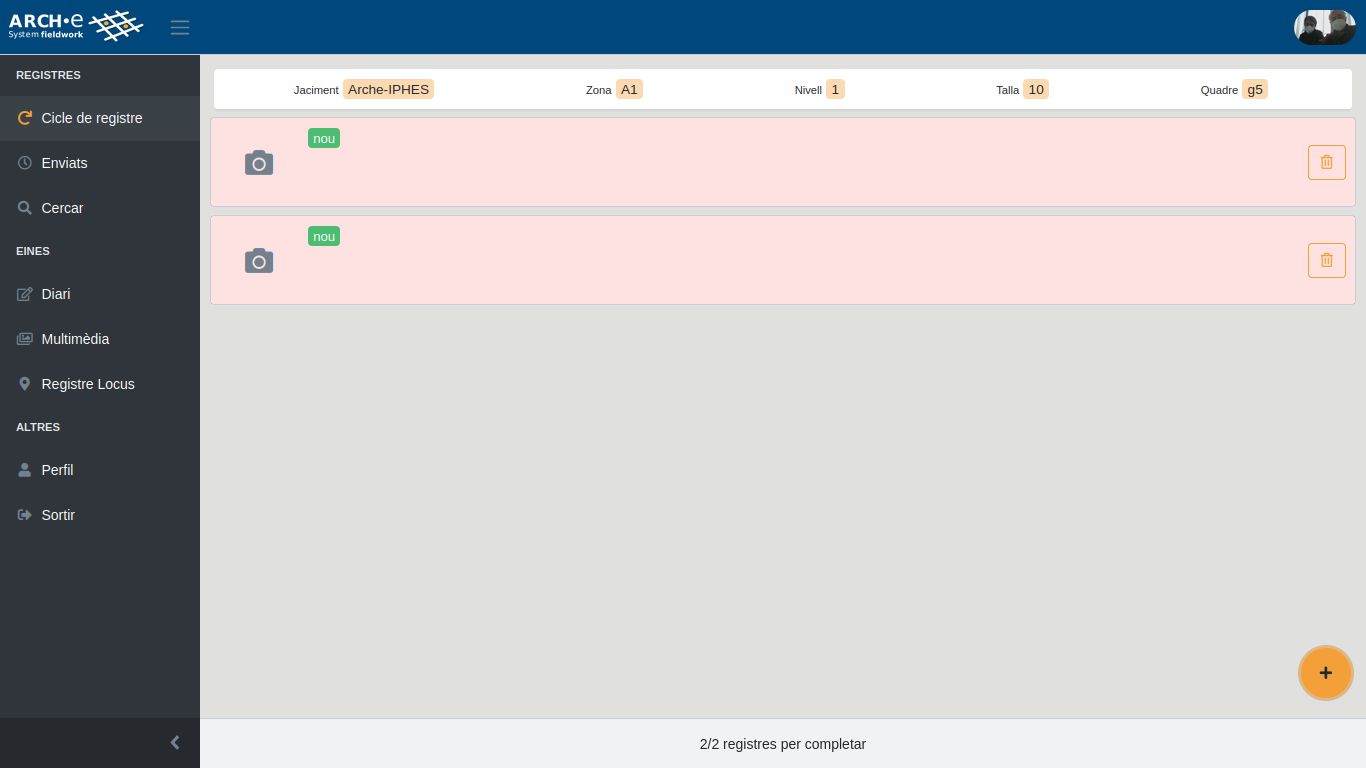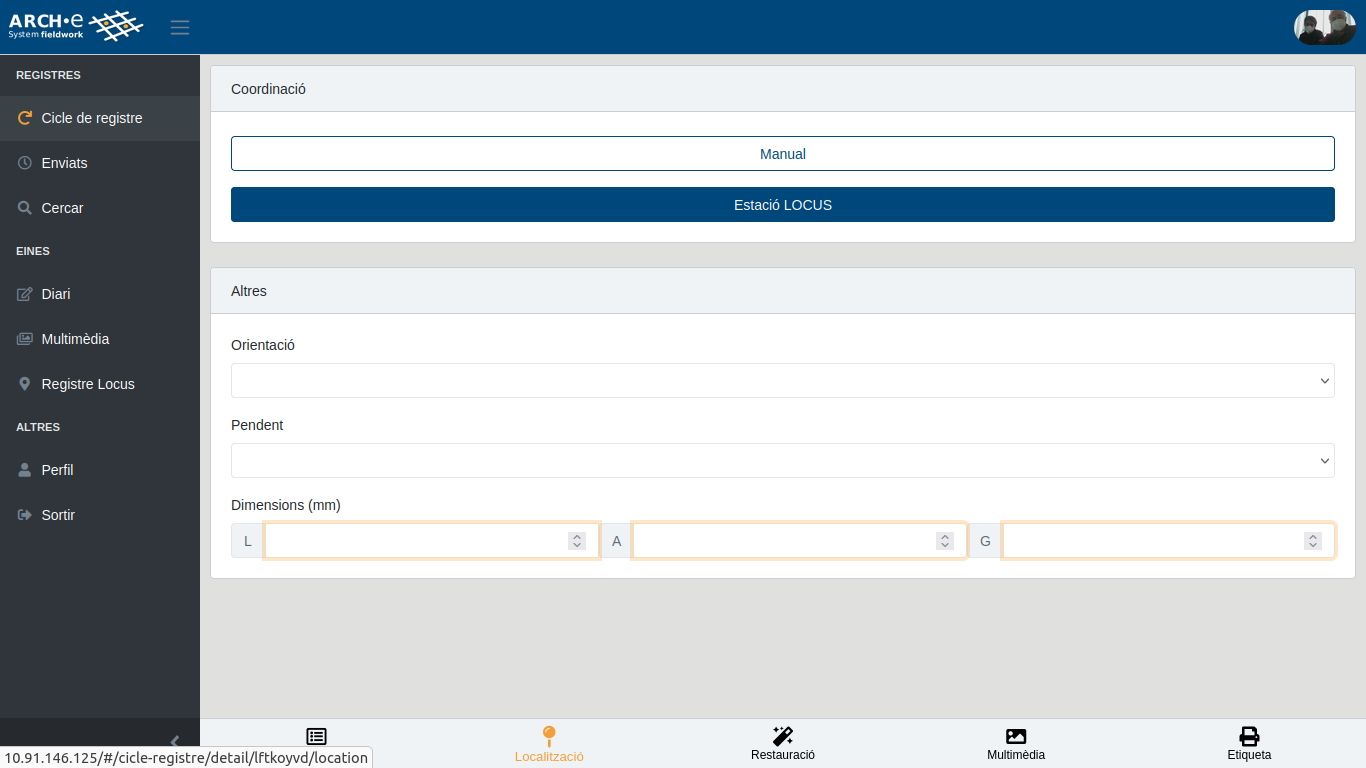Single user efficiency. Specific protocols. Productivity tools
With the Arche10 you have the basic tools for efficient use of field data logging and XYZ coordinates with a total station.
- Specific registration forms. Automatic numbering, label printing, [...]
- 3D3P protocol for the combined use of a total station
- Productivity tools to facilitate a first analysis of the evolution of fieldwork
Arche10 has a large number of utilities designed to facilitate the tasks of registration, documentation and exploration of field data.
Learn More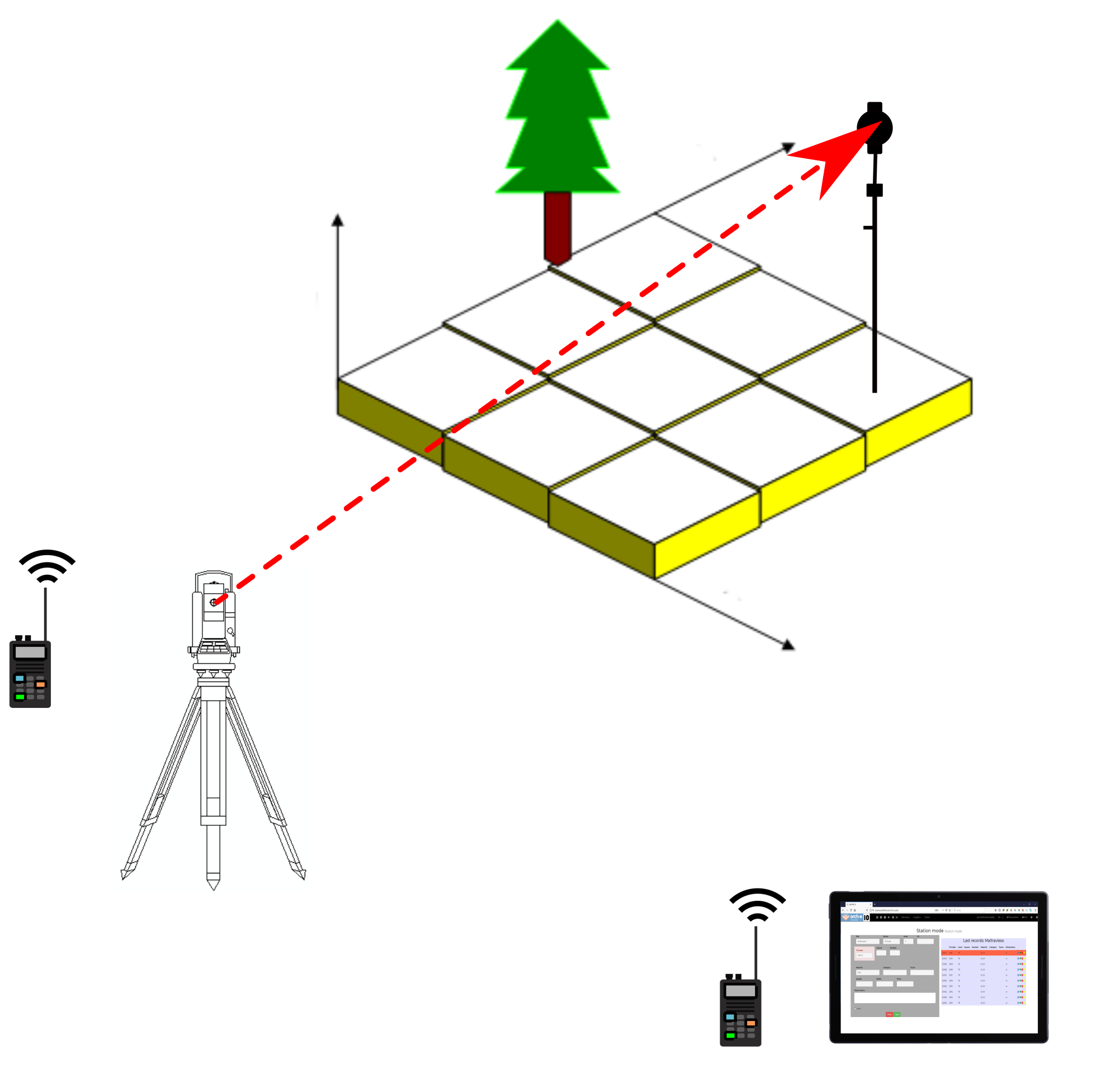
Multi-user connectivity
Arche20 was the first ArcheSystem multi-user logging system.
It is currently obsolete and not being marketed. Its evolution is the Arche30.
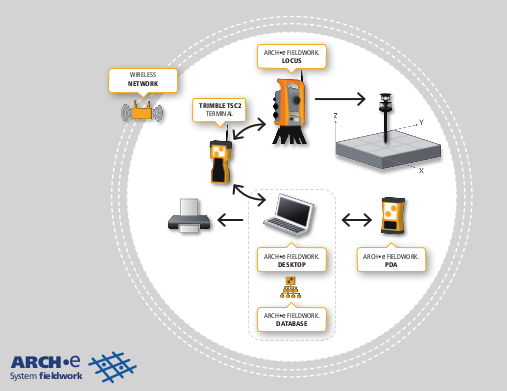
Hardware simplicity. Multi-user connectivity. Improved productivity
The Arche30 is the multi-user solution for recording data in excavations where the recording flow is high and continuous. The Arche30 represents a technological solution adapted to the highest requirements in terms of availability and efficiency of a field data recording system.
- Multi-user access
- Individualized permission management
- Automatic total station control
- Use of any peripheral. WEB application
- Energy autonomy of 8 hours
Arche30 has all the administration and configuration tools, both for users and data registration forms.
